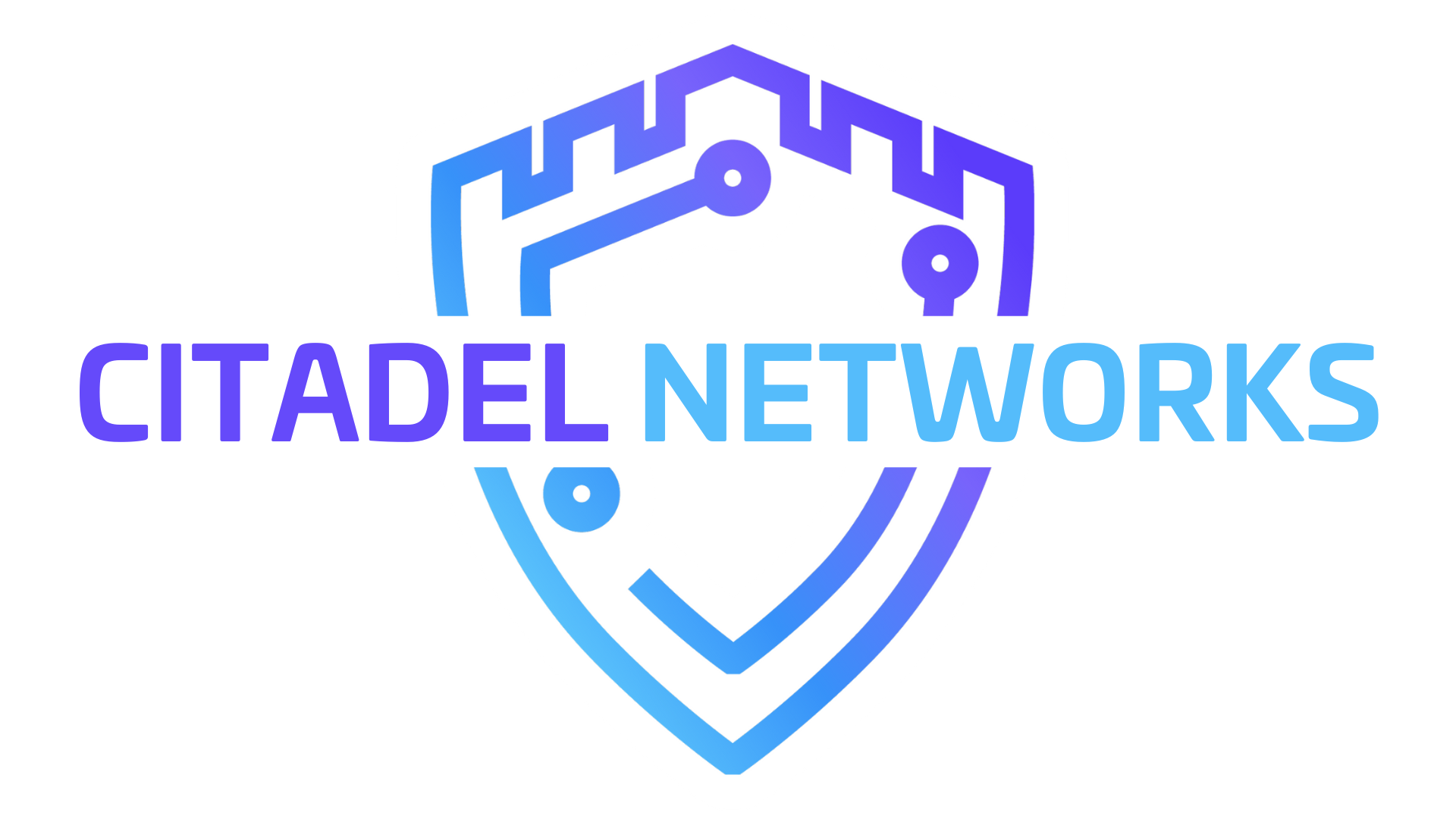As a certified public accountant (CPA), you understand the importance of keeping your clients’ information safe and secure. However, with the increasing number of cyber-attacks and data breaches, it’s essential to take proactive steps to protect your client’s sensitive information. Implementing a Written Information Security Plan (WISP) is an effective way to do this. In this blog post, we’ll discuss what a WISP is, why it’s important, and how you can create one for your accounting firm.
A WISP is a comprehensive document outlining your firm’s policies, procedures, and protocols to protect sensitive information. It should address all areas of your business that handle or store confidential information, including online data storage, physical security, employee training, data backups, and disaster recovery plans. Your WISP should provide a roadmap for how your firm plans to safeguard client information and respond to security incidents.
Implementing a WISP is vital for several reasons. First and foremost, it’s essential for protecting your clients’ confidential information. In addition, having a WISP in place will help ensure compliance with state and federal data security regulations and industry standards. Having a documented plan can also be beneficial in case of a security incident, as it shows that your firm took proactive measures to prevent data breaches. It can also help minimize damage and prevent future incidents from occurring.
Creating a WISP can be a daunting task, but it’s necessary for protecting your clients’ information. First, identify all areas of your business that handle or store confidential information. Then, develop policies and procedures for each area, such as password requirements, access controls, and data backup procedures. Next, train your employees on your WISP and conduct regular security audits to ensure compliance. Finally, assign a specific person or team to oversee the implementation and enforcement of the WISP.
Creating a WISP is a continuous process. As your business grows and evolves, your policies and procedures should be updated to reflect changes in technologies, regulations, and threats. Be sure to conduct regular reviews of your WISP to ensure it remains effective and relevant.
Implementing a WISP offers many benefits beyond protecting your clients’ information. It can improve your firm’s credibility and reputation by proving your commitment to data security. It can also differentiate your firm from competitors who are unable to provide a WISP to prospective clients, potentially leading to new business opportunities. Finally, having a WISP can provide peace of mind for you and your clients, knowing their sensitive information is being protected.
In conclusion, implementing a Written Information Security Plan is critical for any accounting firm looking to protect its client’s confidential information and maintain compliance with data security regulations. Creating a comprehensive and up-to-date WISP can improve your firm’s security posture, credibility, and reputation. Be sure to start creating your WISP today before a security incident occurs.
Act now and get started on the process of creating your Written Information Security Plan today by contacting Citadel Networks to strengthen your business against the constantly changing realm of cyber threats!





